Belgian painter René Magritte’s dreamlike aesthetic and evocative dreamscapes have ensured him enduring legacy. As a proponent of the surrealismSurrealism was a 20th-century philosophical, literary, and artistic movement seeking to channel the unconscious to access the imaginary. Proponents of Surrealism rejected the notion of understanding life in rational and conventional terms in favour of asserting the value of the unconscious mind, dreams, the strangely beautiful, and the uncanny. André Breton, the leader of a group of poets and artists More art movement, Magritte used visual imagery associated with the subconscious to create art without the intention of logical comprehensibility. As in so many of his paintings, the subject of “The Empire of Light” is unsettling and challenges the viewer’s understanding of the natural order of things.
Where is the picture “The Empire of Light” today?
The Magritte original of the picture “The Empire of Light” (“L’empire des lumières”) is part of a private collection today.
What’s in it?
The paintingPainting is a fundamental form of visual art that has been practiced for thousands of years. It involves applying pigment to a surface such as canvas, paper, or a wall. Painting can be explored through various styles, techniques, and mediums, each offering unique possibilities for expression and creativity. Historical Background • Ancient Beginnings: The history of painting dates back to More shows two dark block houses on a street, surrounded by trees, and cloaked in semi-darkness. Some windows are lit, and a streetlamp illuminates the entrance of the house closer to the viewer. Yet contrary to the expected, the upper part of the picture remains bright as day with fluffy white clouds drifting along a blue sky: The lower half of the paintingPainting is a fundamental form of visual art that has been practiced for thousands of years. It involves applying pigment to a surface such as canvas, paper, or a wall. Painting can be explored through various styles, techniques, and mediums, each offering unique possibilities for expression and creativity. Historical Background • Ancient Beginnings: The history of painting dates back to More takes place at night, while the upper half is bathed in sunshine.
What’s the context?
Magritte painted the original artwork of “The Empire of Light” in November 1955 for an exhibition at Zervos’s gallery Cahiers d’Art. In a television interview recorded the year after, Magritte commented on the picture: “… what is represented in the picture ‘The Empire of Light’ are the things I thought of, to be precise, a nocturnal landscape and a skyscape such as can be seen in broad daylight. The landscape suggests night and the skyscape day. This evocation of night and day seems to me to have the power to surprise and delight us. I call this power: poetry.”
Chatter and Prattle
René MagritteRené Magritte (1898 – 1967) was a Belgian artist of the surrealist movement. He is best known for his thought-provoking surrealist images presenting common objects in an unusual context, having viewers question their perceptions of reality. René Magritte, Son of Man (1965) Magritte was born to a wealthy manufacturer father. In 1912, his mother committed suicide by drowning herself in More – Facts:
- The present picture is not the only version of “The Empire of Light”: Magritte explored the theme in 17 oil paintings and 10 gouaches in total starting 1940 till the end of the 1960s. However, he did not plan these pictures as formal series at the outset, and they have never been exhibited together.
- Some of Magritte’s artist peers criticized this kind of repetitive activity. When Marcel DuchampMarcel Duchamp was a French-American artist whose work profoundly influenced the development of modern art. Known for his groundbreaking and often controversial works, Duchamp challenged conventional notions of what art could be, paving the way for movements such as Dada and Conceptual Art. Marcel Duchamp Early Life and Career Marcel Duchamp was born on July 28, 1887, in Blainville-Crevon, France. More was asked to contribute an introduction for a catalogue, he simply wrote: “Pieces by Magritte in expensive, in more expensive, in black and in colour.” (“Des Magrittes en cher, en hausse, en noir et en couleurs.”)
Do you want to comment on this text or add information? We would like to hear from you.
Recommended Readings:
This article may contain compensated links. Please read Disclaimer for more info. As an Amazon Associate, I earn from qualifying purchases.
Stephanie D’Alessandro et al. (2013): Magritte: The Mystery of the Ordinary, 1926-1938
Guido Comis et al. (2019): René Magritte: Life Line
Didier Ottinger (2017): Magritte: The Treachery of Images
Kathleen Rooney et al. (2016): René Magritte: Selected Writings
Siegfried Gohr (2009): Magritte: Attempting the Impossible

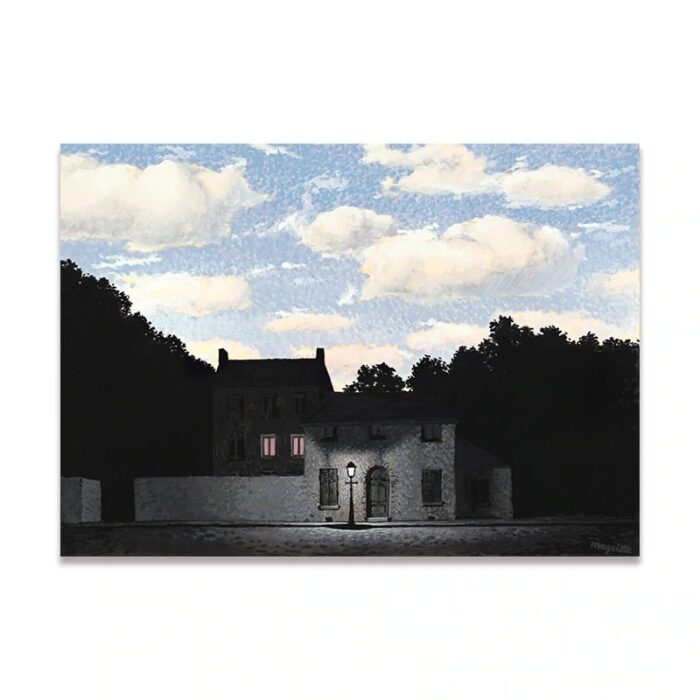
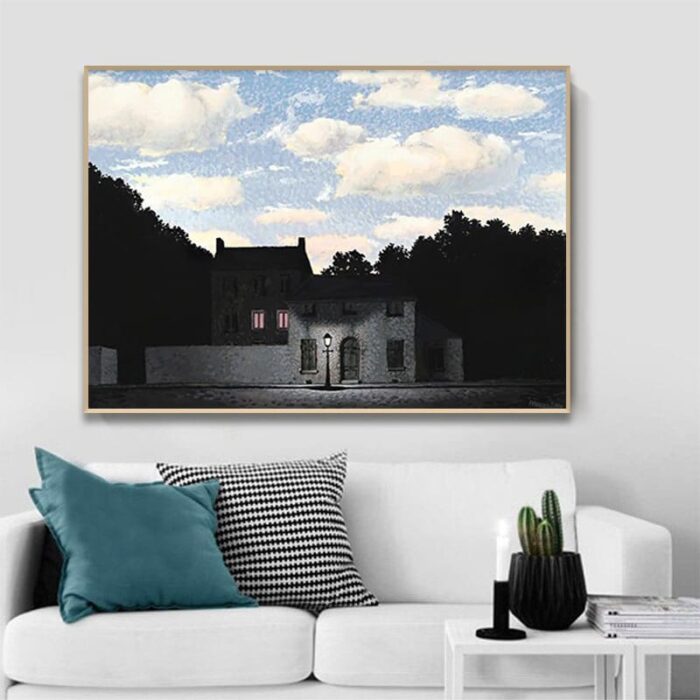
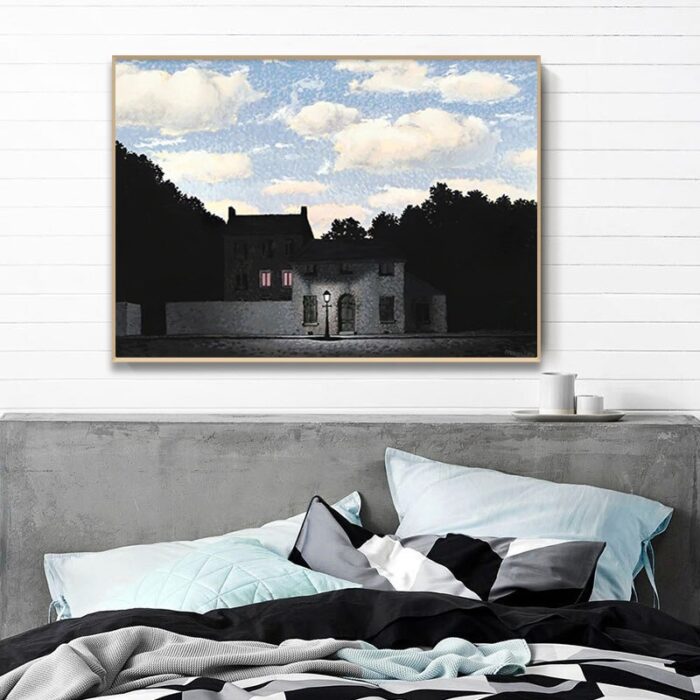





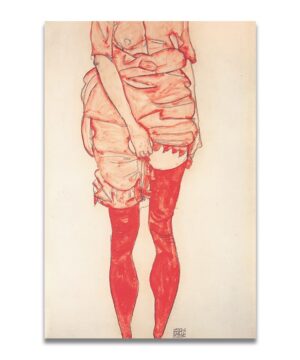
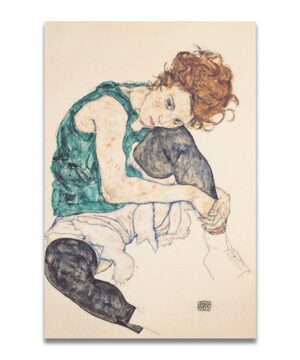
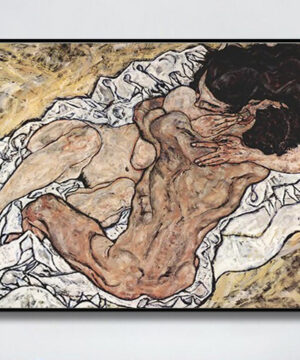
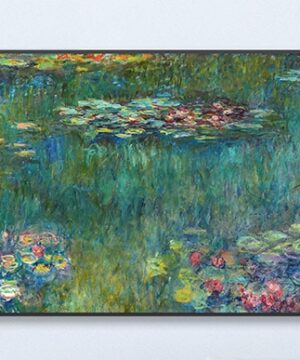
Reviews
There are no reviews yet.